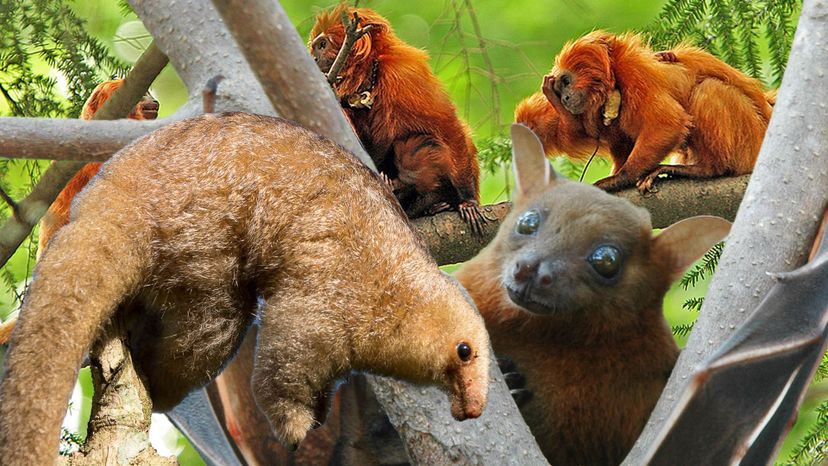
About This Quiz
It's one thing to play in a tree house, but it's another thing to call a tree your house! Well that's exactly what these animals do! And we want to know ... do you think you can recognize them all from a single photo? It's time to find out!
Did you know that arboreal animals are all around us? And we're not just talking about the birds tweeting outside our windows. Really, all around the world! From Australia to Asia, from the rain forests to the woods we hike on Saturdays! Arboreal animals may come in all shapes and sizes, but a few characteristics give them common ground, or should we say, common branch!
So what are these characteristics? Well, most tree-dwellers have elongated limbs, and sometimes tails, that help them swing from branch to branch. Most of them have flexible feet and joints that allow them to hook on to the bark. And don't you forget those claws! Claws and adhesive pads - think frogs and geckos - help these tree creatures get a good grip as they navigate their way home! So are you ready to take this quiz all the way home or will you fall out of that tree?
Try your luck now with this ultimate arboreal animal quiz!
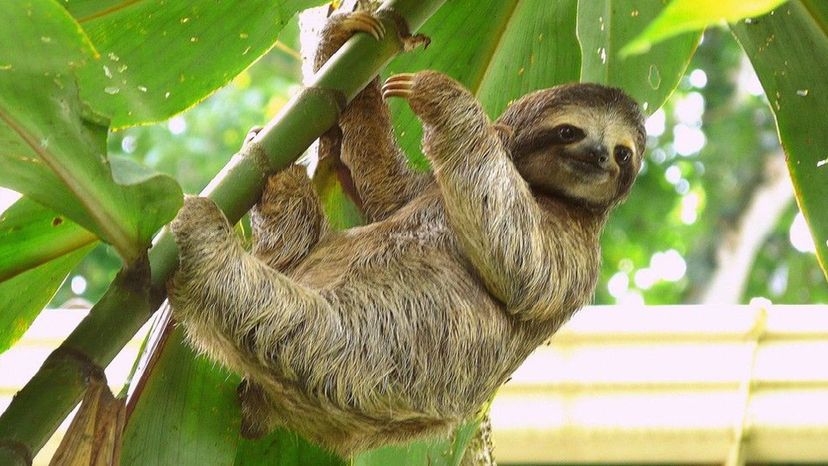
Sloths are arboreal mammals noted for their slow movement and for spending most of their lives hanging upside down in the trees! They live mainly in the tropical rainforests of South America and Central America.
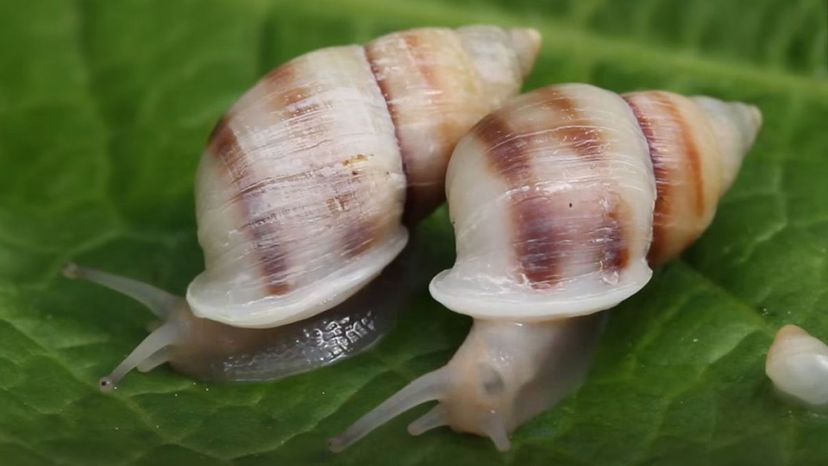
Tree snails are air-breathing land snails. These mollusks have shells and live in trees, mainly in tropical climates.
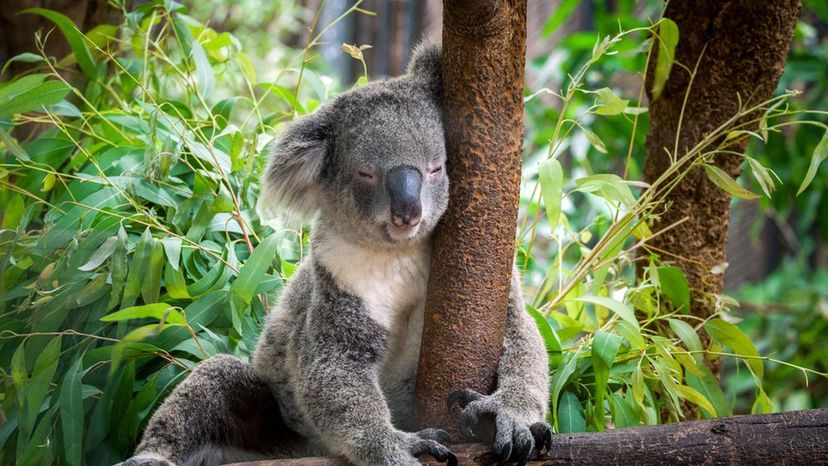
Native to Australia, koala bears are stout and tailless with a large head featuring round, fluffy ears and large, spoon-shaped nose. They have a eucalyptus diet and sleep up to 20 hours a day!
Advertisement

Did you know that orangutans are currently only found in the rainforests of Borneo and Sumatra? They are the most arboreal of the great apes and spend most of their time in trees.
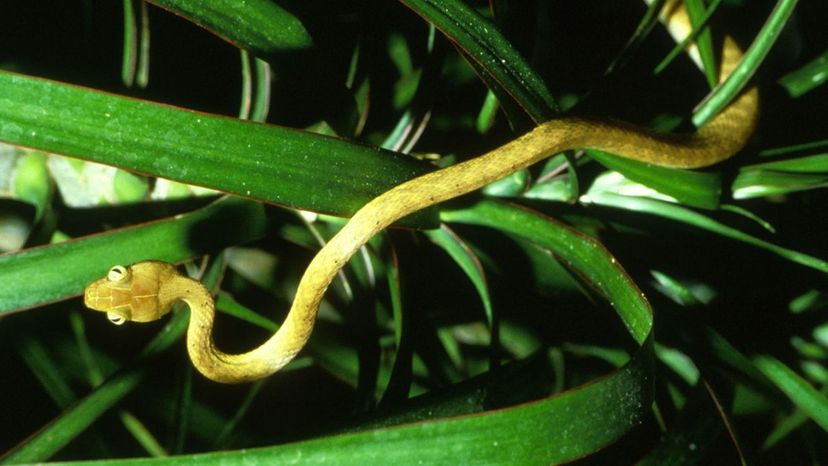
The brown tree snake is an arboreal rear-fanged colubrid snake native to coastal Australia, eastern Indonesia and Papua New Guinea. It is infamous for being an invasive species responsible for extirpating the majority of the native bird population in Guam!
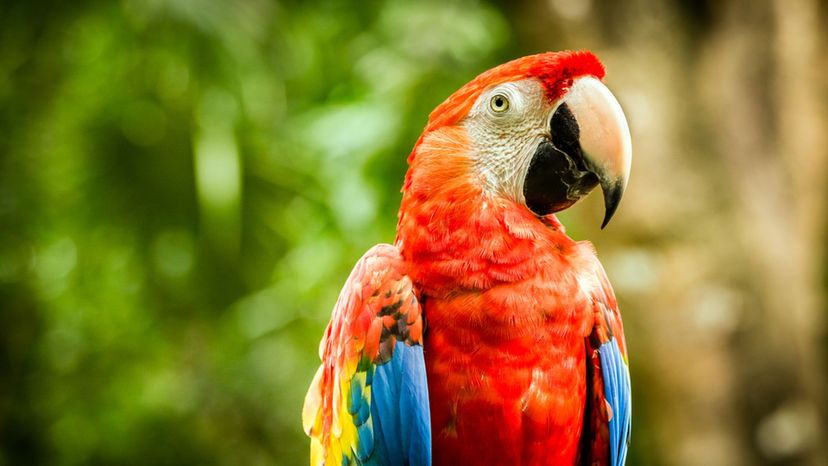
Did you know that parrots are also known as psittacines? Parrots are found on all tropical and subtropical continents including Australia and Oceania, South Asia, Southeast Asia, Central America, South America and Africa.
Advertisement
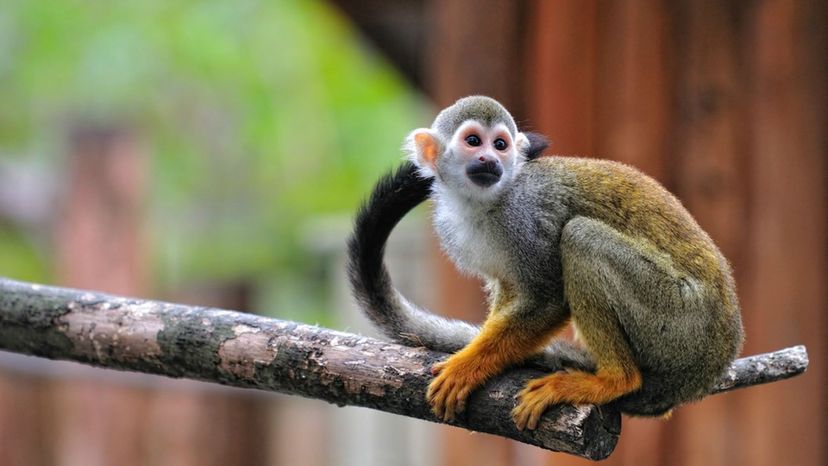
Squirrel monkeys live in the tropical forests of Central and South America in the canopy layer. Did you know that their nickname is "death's head monkey" because of their black and white face?
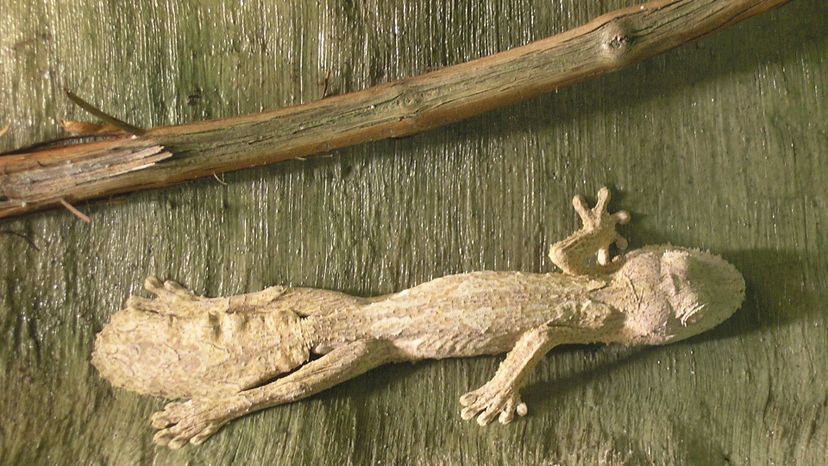
Ranging from .64 to 24 inches long, geckos are found in warm climates throughout the world. Did you know that most geckos cannot blink, but they often lick their eyes to keep them clean and moist?!

Chameleons live all across the world in warm climates. They generally eat insects for food, but some of the larger chameleons enjoy eating other lizards and young birds!
Advertisement
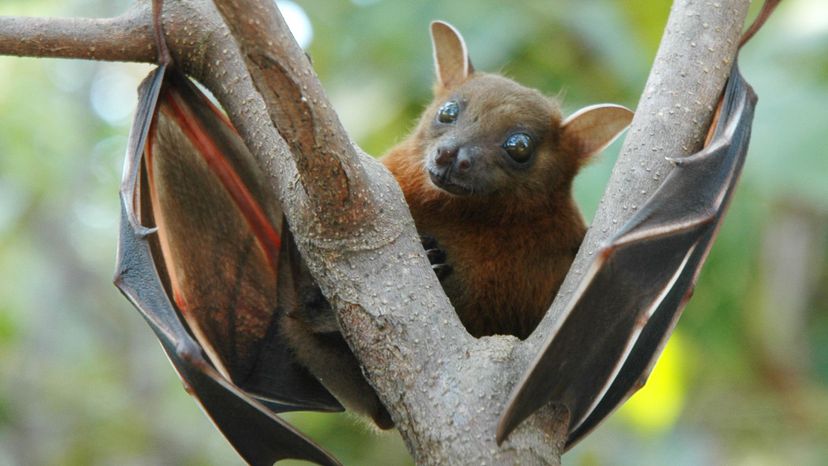
Megabats, also known as fruit bats, are herbivores with an excellent sense of smell. Fruit bats roost in trees and shrubs within the dense forests of Africa, Europe, Australia and Asia.
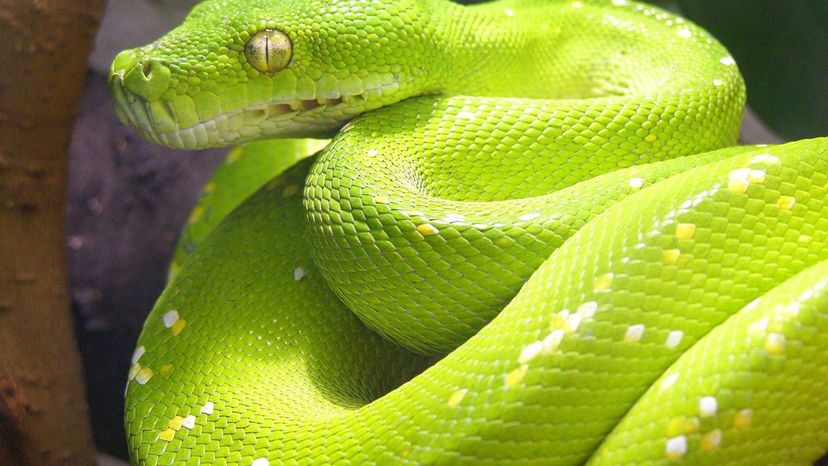
There's no mistaking this python native to New Guinea, Indonesia and the Cape York Peninsula of Australia! Living mainly in trees, the green tree python hunts and eats small reptiles and mammals for food.
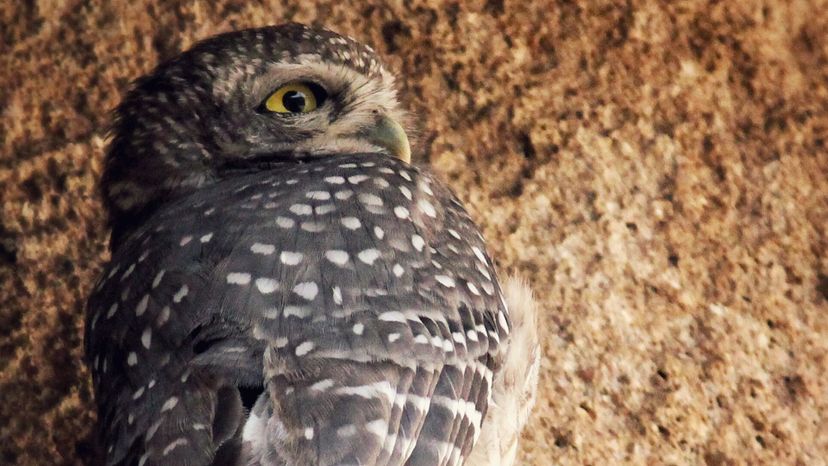
The spotted owl is a species of true owl. Their nests are typically found between 39 and 197 feet high up in the trees - from California down into Mexico.
Advertisement
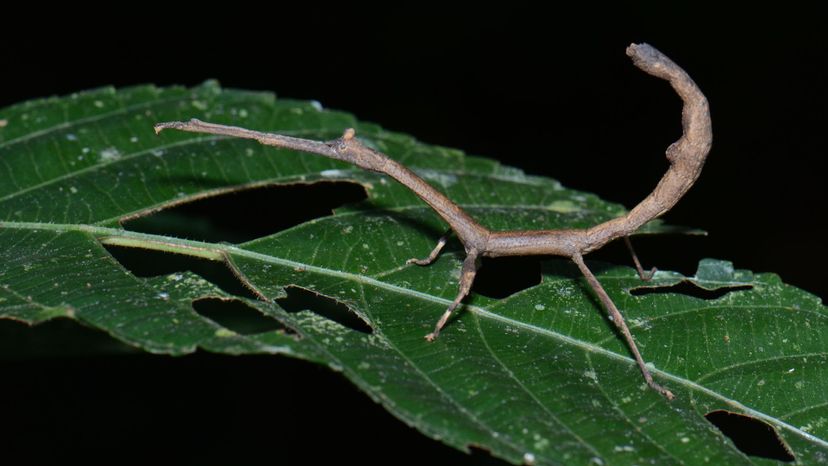
Come here, a little closer! See it now? Stick bugs, also known as phasmatodea, are found on all continents except Antarctica. Some species have wings, but others are more restricted.
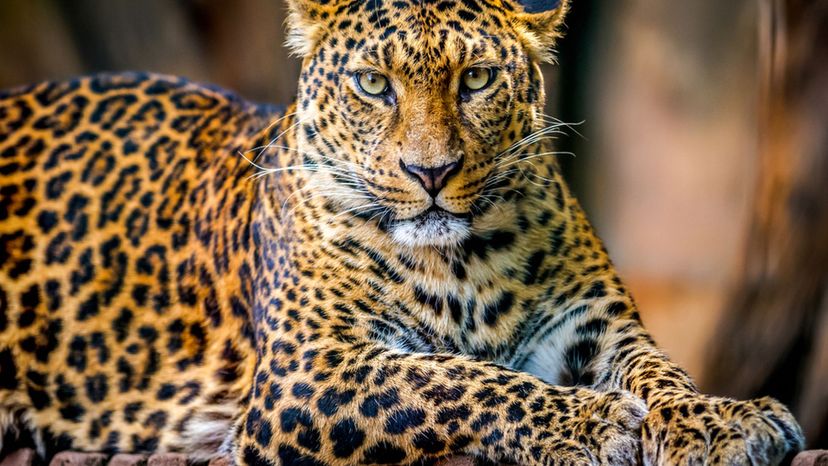
Leopards are known for their ability to climb and have been observed resting on tree branches during the day. They have a special talent for dragging their kills up trees and hanging them there, as well as descending from trees headfirst.

Opossums originated in South America and are now found throughout North and Central America as well. Researchers have observed opossums moving north in recent years and attribute this to climate change!
Advertisement
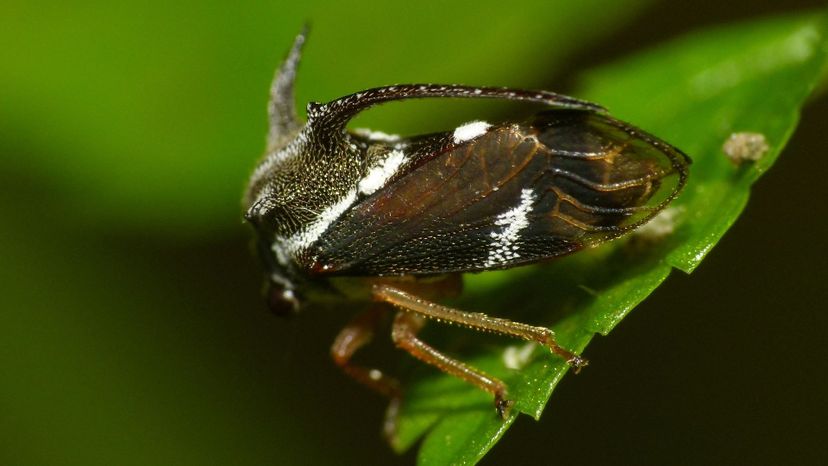
Did you know there are more than 3,200 species of treehoppers?! They are found all over the world, except for Antarctica. Young treehoppers dwell mainly on herbaceous shrubs and grasses while adults live more on hardwood trees!
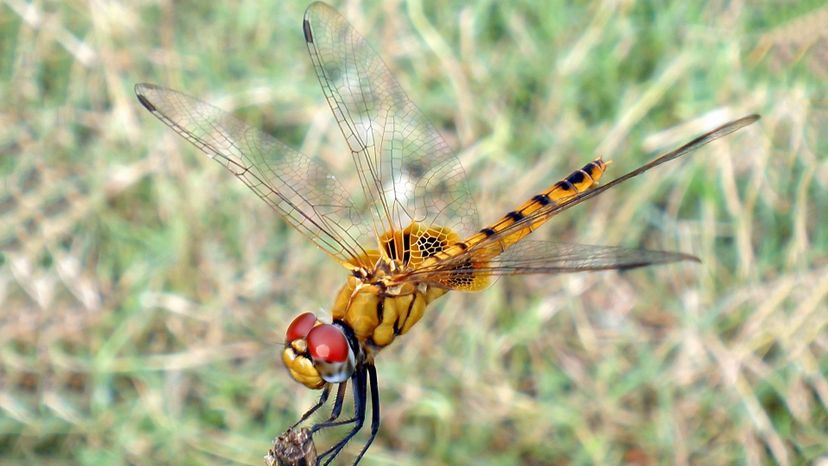
The greater glider is a small gliding marsupial found in Australia. It is a nocturnal mammal that feeds mainly on Eucalyptus leaves and buds.
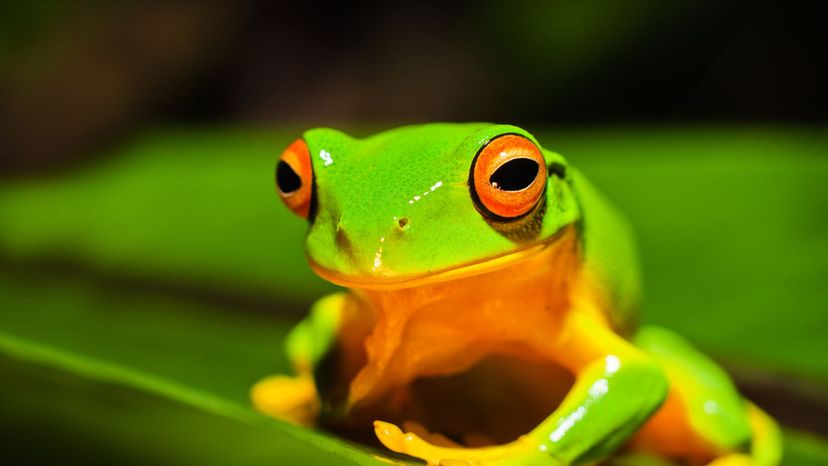
A tree frog is any species of frog that spends a major portion of its lifespan in trees! Two examples of arboreal frogs are the red-eyed tree frog and the gladiator tree frog.
Advertisement
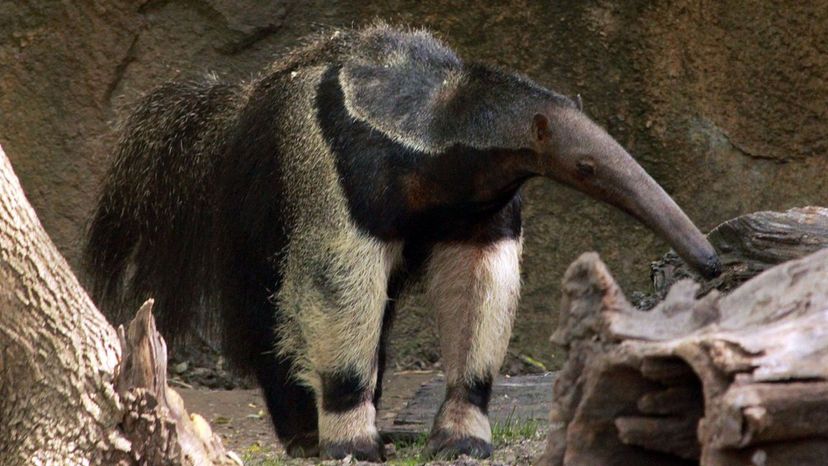
Anteater habitats include dry tropical forests, rainforests, grasslands and savannas. Anteaters are known for licking up large numbers of ants and termites as quickly as possible to avoid any defense!
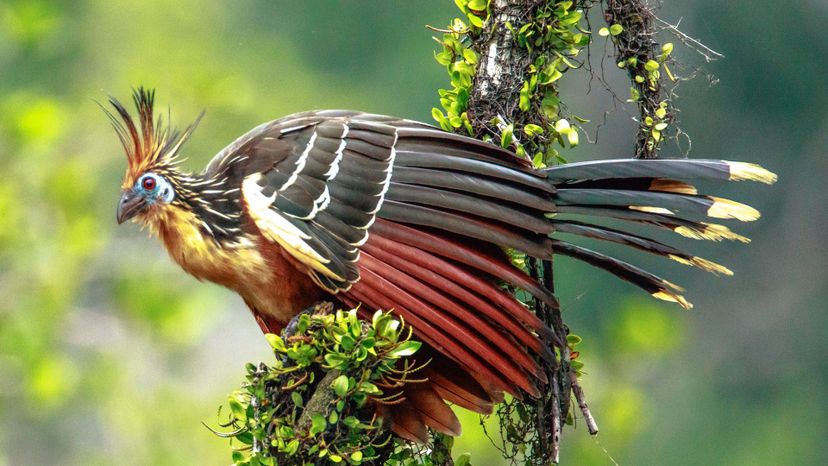
The hoatzin is also known as the reptile bird, skunk bird, stinkbird or Canje pheasant! It is a species of tropical bird found in swamps, riparian forests and mangroves of the Amazon and the Orinoco basins in South America. Their nests tend to hang over water.
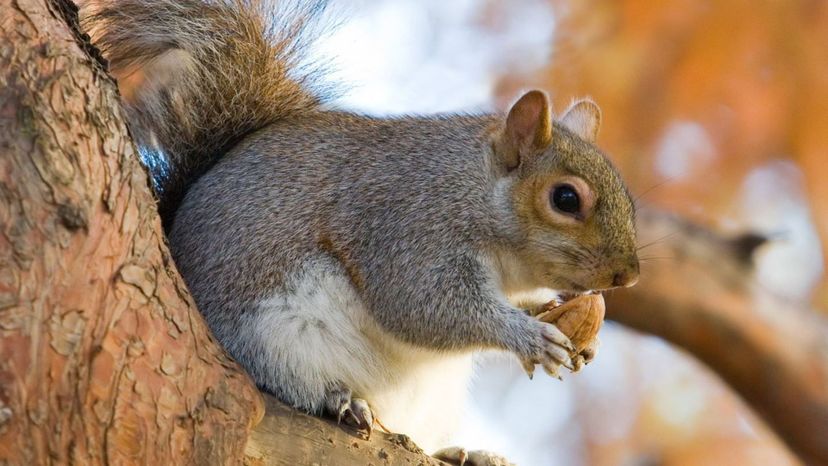
Squirrels are indigenous to the Americas, Eurasia and Africa. Did you know that they can descend from a tree head-first?!
Advertisement
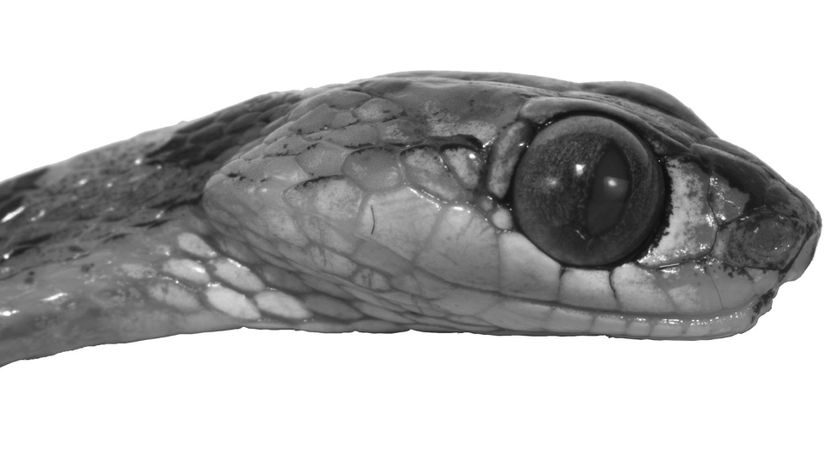
Blunt-headed vine snakes are also known as fiddle-string snakes and mapepire corde violon. They are found throughout the trees of Mexico, Central America and South America.
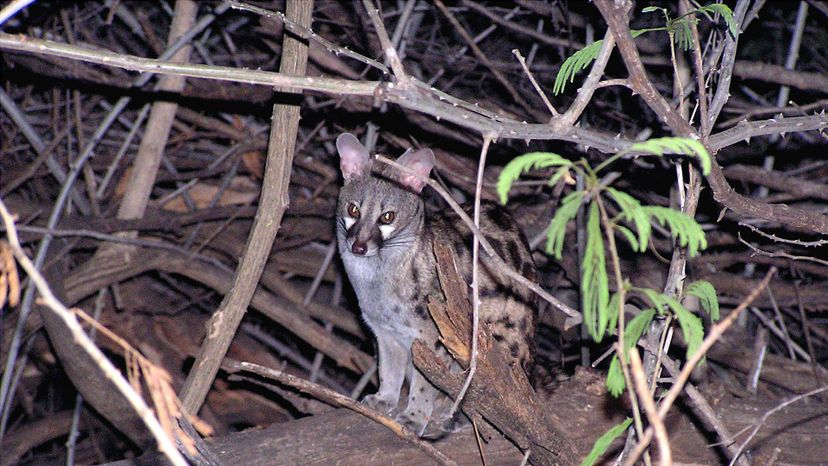
Believed to have Moroccan roots, the common genet is present in Europe mainly between the Iberian Peninsula and France. It was named by French zoologist George Cuvier in 1817.
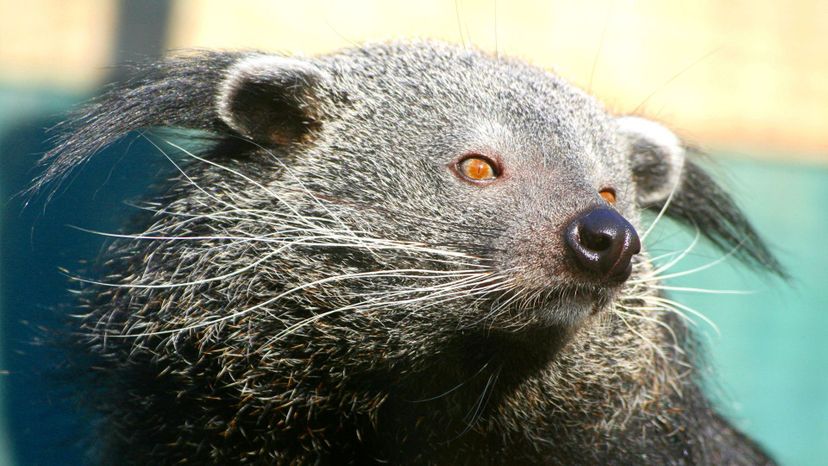
The binturong is also known as a bearcat. It is native to South and Southeast Asia and confined to tall forests. They are often found feeding in fig trees!
Advertisement
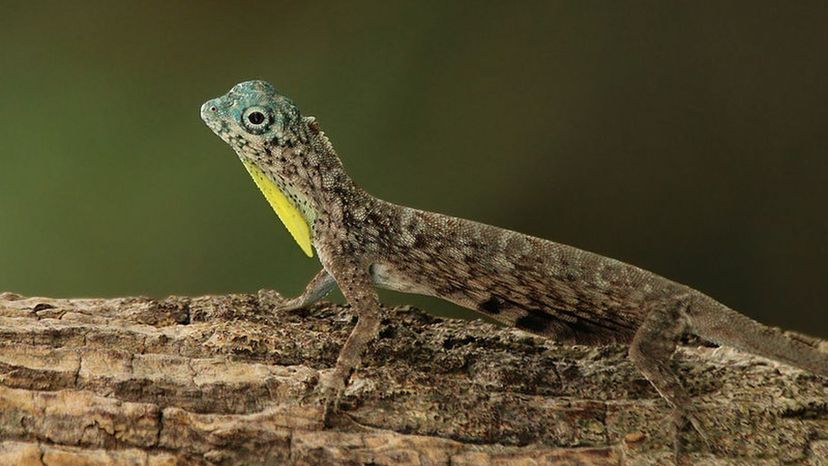
Did you know there are more than 6,000 lizard species in the world? While some of these lizards live on the ground or on rocks, many live on trees, underground and even in water!

The large flying fox is also called a Malayan flying fox or kalang. It feeds exclusively on fruits, nectar and flowers and roosts itself in the trees of mangrove forests and coconut groves!
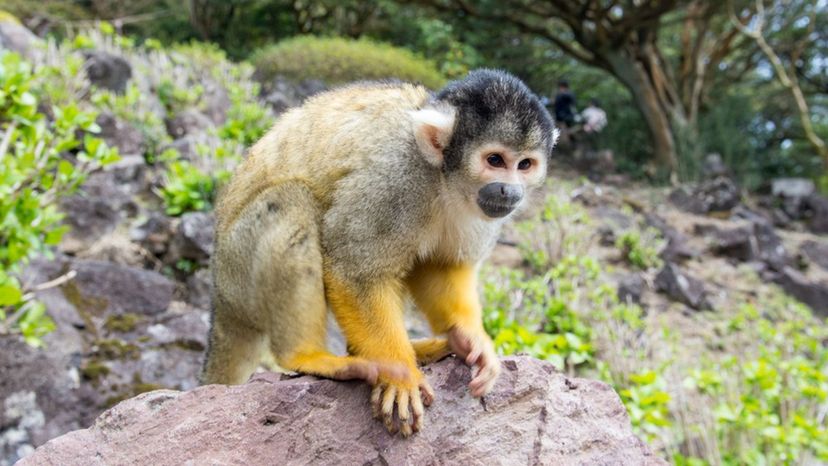
Spider monkeys are New World monkeys that are critically endangered. They are known for having disproportionate long limbs and tails!
Advertisement
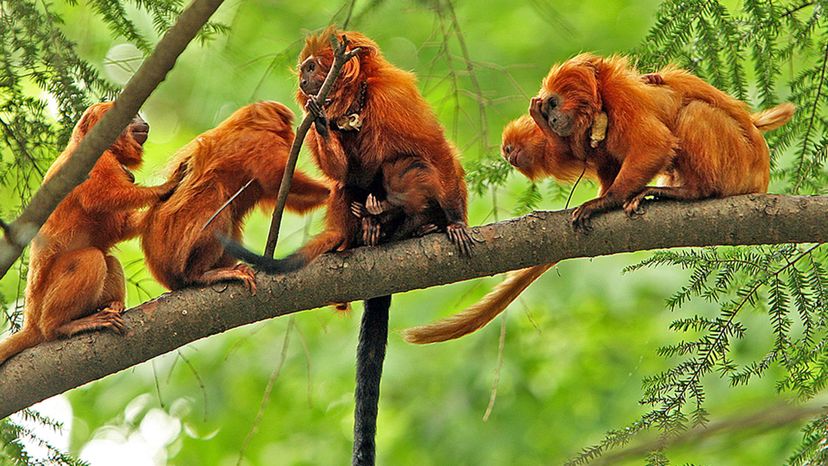
Did you know that the golden lion tamarin is active for a maximum of 12 hours each day? Not only that, but it uses different sleeping dens each day too!
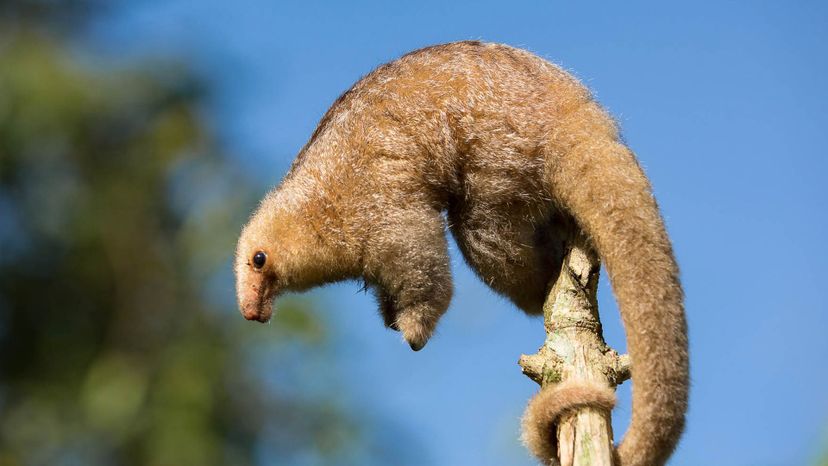
The scientific name of the silky anteater is "cyclopes didactylus". This translates to "two-toed circle-foot", and refers to the presence of two claws on the fore feet, and their ability to wrap their feet around branches.
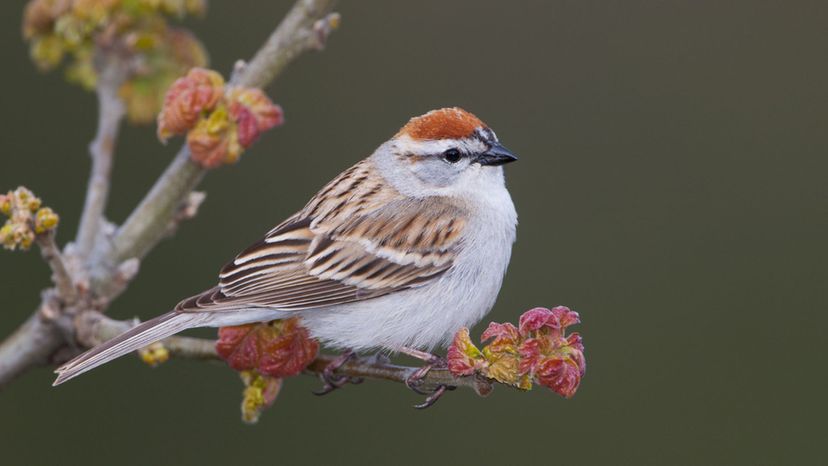
Sparrows are indigenous to Europe, Africa and Asia. While they don't make a home high up in the trees, they can often be found at the base of a shrub or on a mossy hummock!
Advertisement
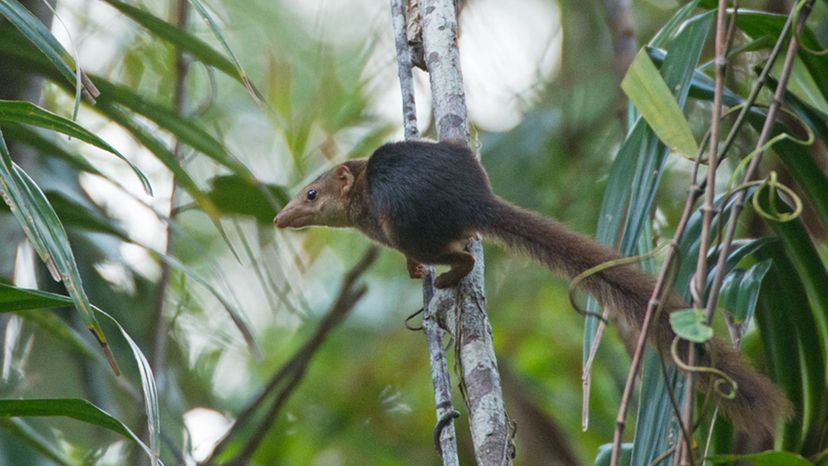
Did you know that treeshrews have a higher brain to body mass ratio than any other mammal, including humans? While most live in trees, not all of the 20 species of treeshrews do.
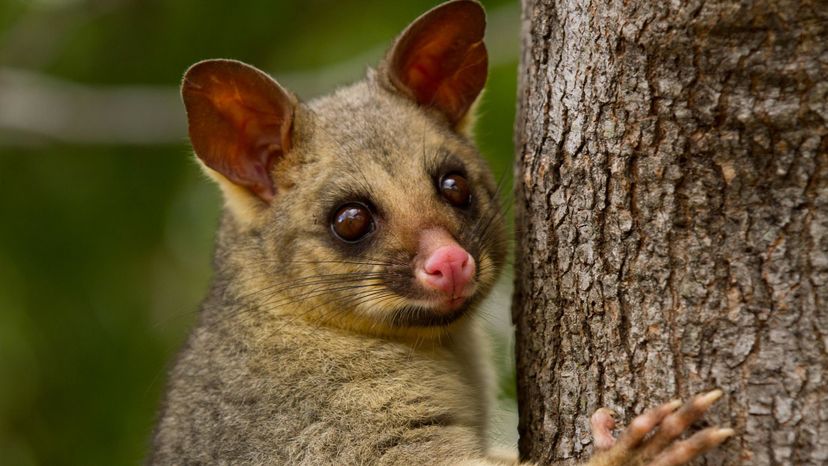
Brushtail possums are members of the genus Trichosurus in the Phalangeridae, a family of marsupials. They are arboreal animals that inhabit a wide range of habitats including alpine woodlands and tropical jungles!
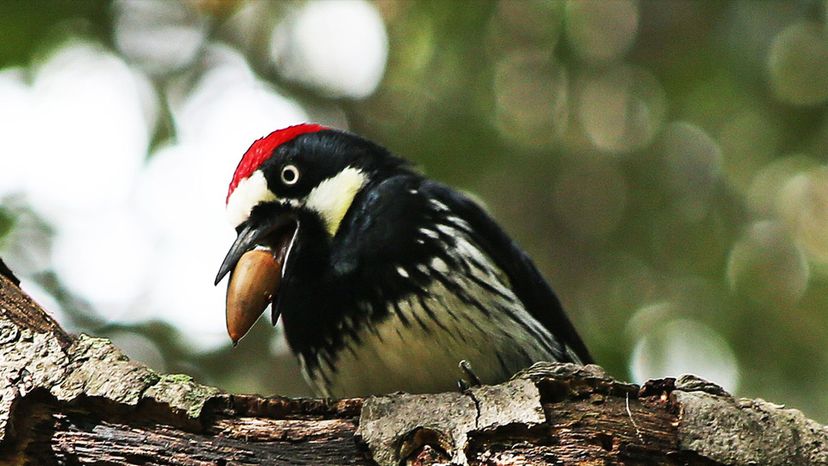
Most species of woodpeckers live in forests or woodland habitats - but did you know that a few species actually live in treeless areas? When you hear the drum of their beak, this means that they are communicating with other woodpeckers.
Advertisement
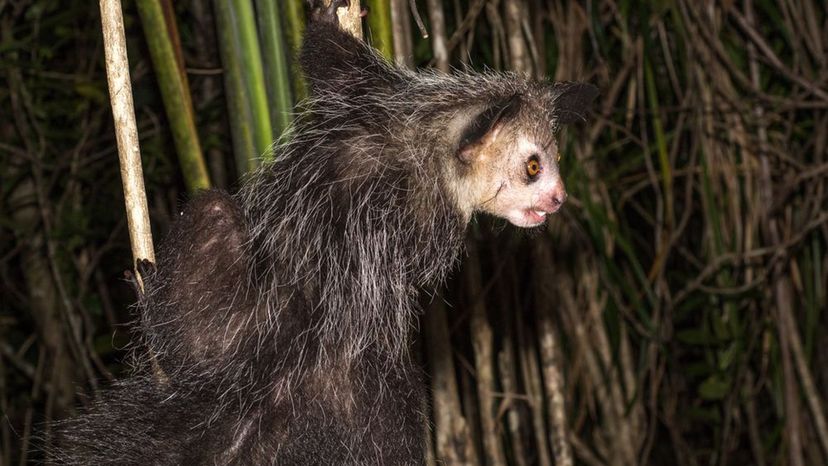
The aye-aye is a lemur that is native to Madagascar. It is known for its rodent-like teeth that perpetually grow, special thin middle finger, and method of finding food.
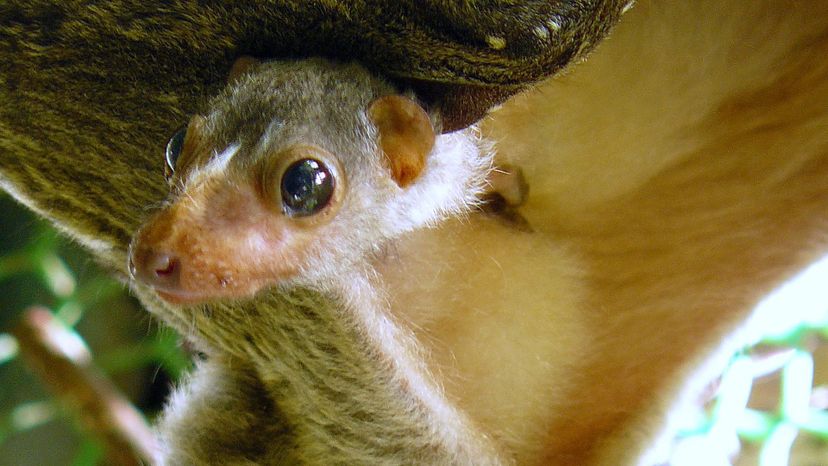
Flying lemurs are also known as colugos and cobegos. These tree-dwelling mammals can reach lengths of 14 to 16 inches and weigh 2.2 to 4.4 pounds.
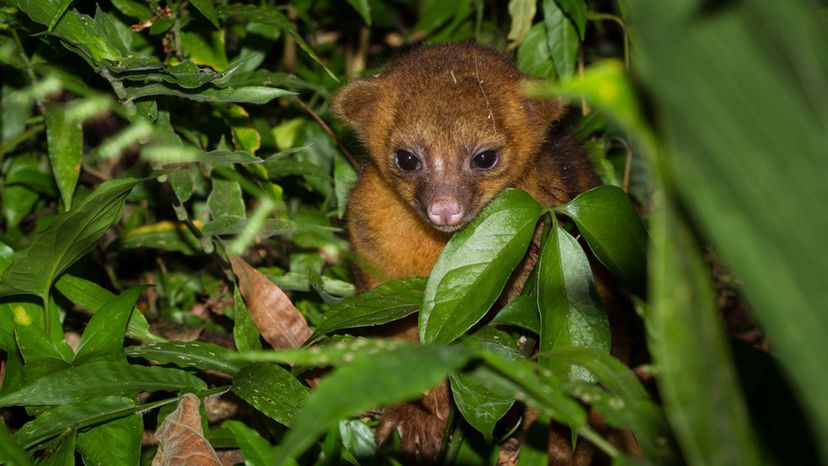
The kinkajou is a rainforest animal that is also known as a honey bear! They are often mistaken for ferrets and monkeys but have no relation to either.
Advertisement
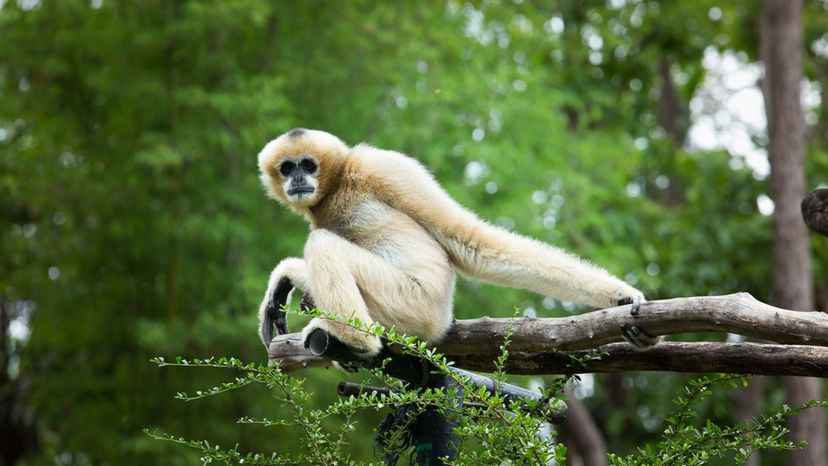
Did you know that gibbons can swing from branch to branch at speeds as high as 34 mph? They are the fastest and most agile of all tree-dwelling, nonflying mammals!
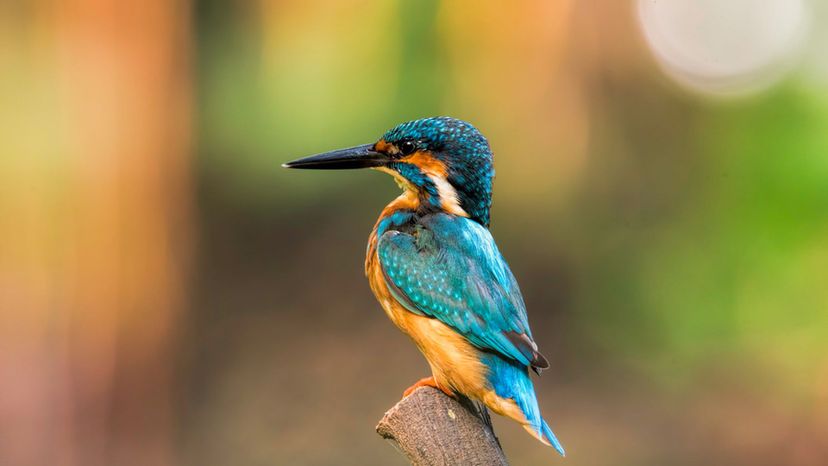
Did you know that there are 114 species of kingfishers?! They all have large heads, long, sharp, pointed bills, short legs and stubby tails, and they catch their prey by swooping down from a perch!
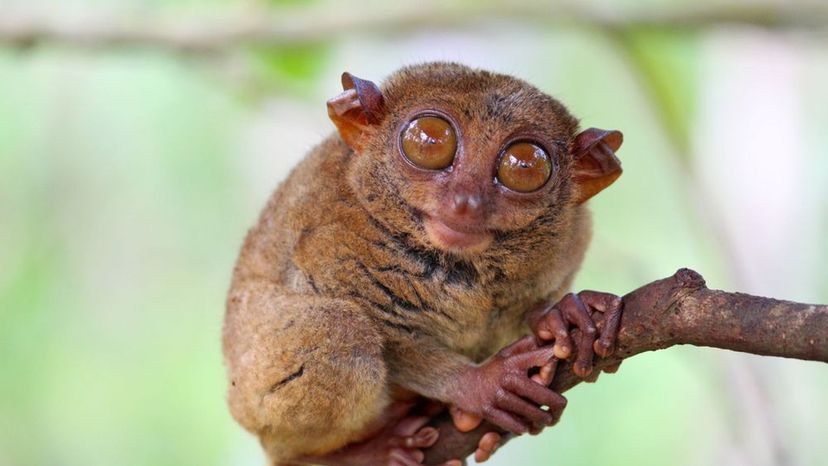
Where do you go to find a tarsier? Try any of the islands in Southeast Asia! Did you know that their eyes are sometimes larger than their entire brain?!
Advertisement
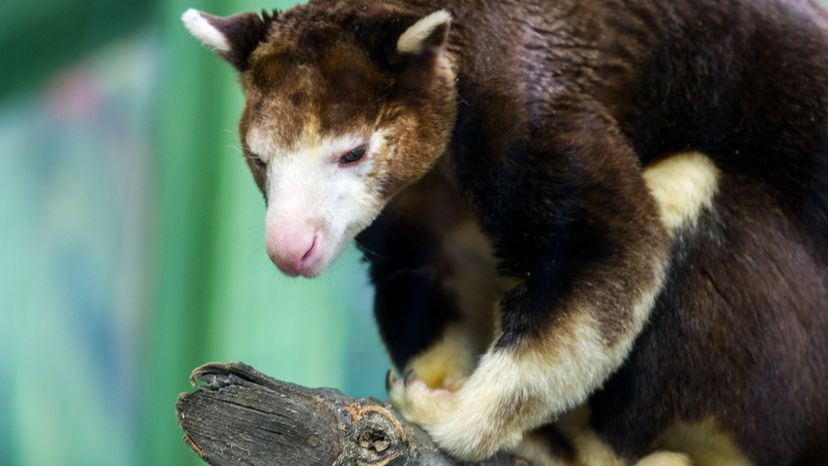
Tree kangaroos inhabit the tropical rainforests of New Guinea and the far northeast of Queensland, Australia. Did you know that they are the only true arboreal macropod?